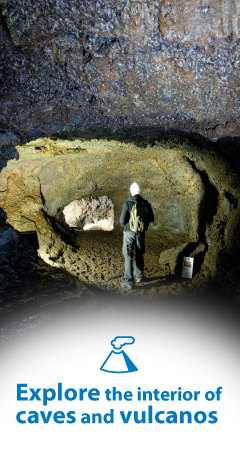
Pineapple
Brought from Brazil to S. Miguel Islands in mid-19th Century, the Pineapple takes almost 18 months to grow in special greenhouses of wood and chalk painted glasses, which gives unique aroma and flavors.

Clams
The only place that grows clams in the Azores is in the Lagoon of the Fajã do Santo Cristo, in São Jorge Island. There are bigger than usual and their unique flavor gives you a great culinary experience.

Tea
The only Tea Plantation that can be found in Europe is in S. Miguel. Brought to the islands in mid-19th century. Now, the factories still work and produce black and green tea, using the same old and traditional techniques.

Liqueurs
Liqueurs produced in the Azores are generally made from local fruits. There are several liqueurs, but the best known are from Passion Fruit, Pineapple and Blackberry.

São Jorge Cheese
The famous São Jorge Cheese has been produced since the islands were first settled, with techniques brought by the Flemish. The cheese is well known by its spicy taste and its flavor is influenced by the special characteristics of the grass that grows on this island.

Massa Sovada
"Massa Sovada" is a sweet bread made with butter, eggs, milk and sugar, although the recipes are different from one island to another. It is very traditional to serve this specialty during religious festivities, but also as a garnish of main courses such as "Alcatra" from Terceira Island.

Barnacles
Barnacles grow on rocks at the bottom of the sea. To keep the pleasant briny flavor, they are cooked with sea water. Barnacles are very popular in the Azores; people use a hook to remove barnacles from the shell.

Bolo Levedo
"Bolo Lêvedo" is a yeast sweet bread that used to be made throughout the archipelago, but now it is known as one of the specialties of Furnas valley on S. Miguel island.

Galego Lemon
This fruit, a kind of yuzu lemon, is common in the Azores. Known as "galego" or "tangerino", depending on the islands, it is often used for seasoning fish dishes. Its freshness and aroma add special zest to drinks.

Bolo de Sertã
"Bolo de Sertã" is a kind of bread (without yeast) made with corn flour, water and salt, and cooked in a clay pan, very traditional in the majority of the islands, usually served as a garnish for fish.

Tuna
Tuna is one of the Azores' most popular fish. The fishing techniques used, with live bait and single poles as the fish cluster, helps to keep the fish healthy, conserving their properties, so people can eat it as fresh as possible. This "sustainable" method is highly regarded.

Da Vila Custards
"Queijada da Vila" is an egg and milk custard sweet from Vila Franca do Campo, that dates back to the 16th century, which at that time was the Capital of São Miguel island.

Pork Sausages
Very popular in Portugal, there are 3 main kinds in the Azores: "Alheira", "Black Pudding" and "Chorizo". Each has a slight difference in flavor - some are made with bread, others with rice and spices, and some are simply marinated pork. The sausage can be mild or hot.

Graciosa Custards
"Queijada da Graciosa" is a traditional sweet from Praia village, and it's one of the best known products from Graciosa island.

Limpets
Limpets are mollusks that grow on rocks, and are still caught in a traditional way. The most popular limpets dishes are grilled and served with butter and garlic, or cooked with rice.

Donas Amélias
"Donas Amélias" is a traditional sweet from Terceira Island that was named after the visit of Queen Amélia of Portugal, in 1901 to the Azores. The recipe includes spices and honey, has swept across the Portuguese speaking world.

Azorean Red Pepper
This local red pepper is very popular in Azorean cuisine, with particular use in S. Miguel Island. Its use dates back to 16th Century, and it gives a hot special spicy taste to many recipes.

Espécies de São Jorge
"Espécies" are a typical sweet from S. Jorge Island. This dates back from the settlement and its name is due to the use of a wide variety of spices.

Wine
Wine production in the Azores dates back to the settlement of the islands. The Azorean terroir, influenced by the volcanic soil and the Atlantic is proper for dry white and fortified wines, which have pleasant acidity.













